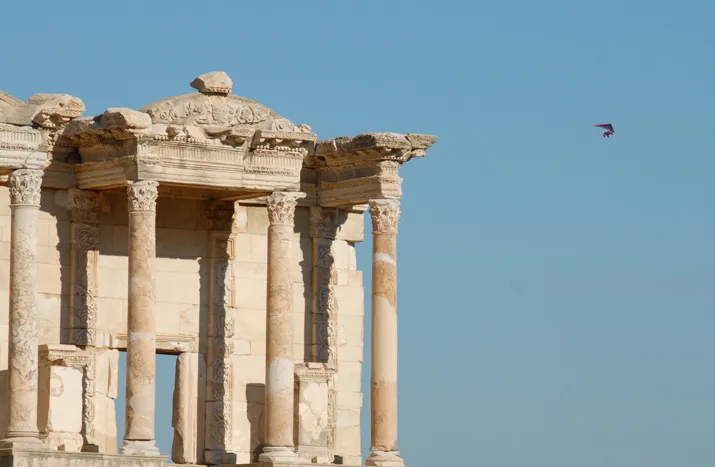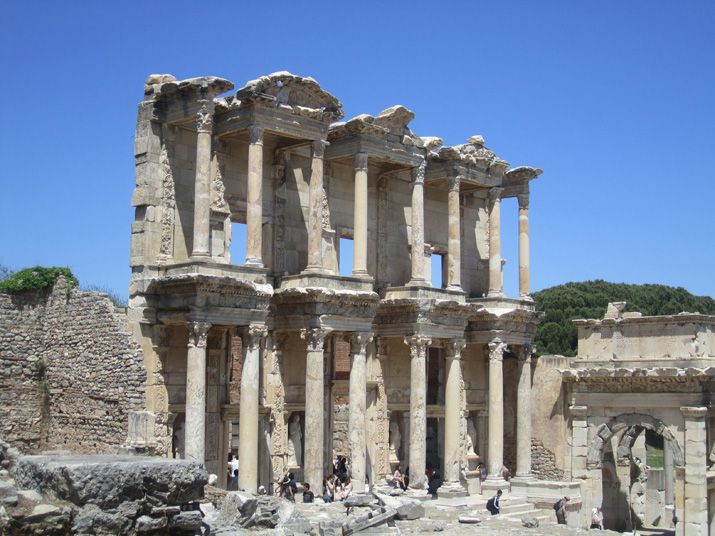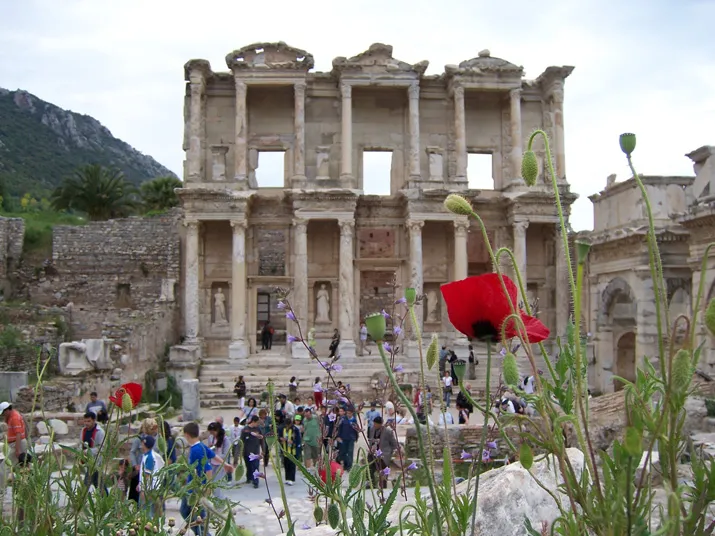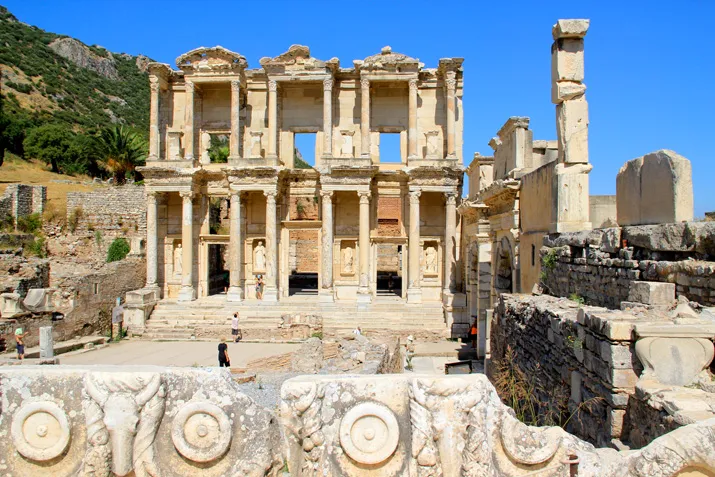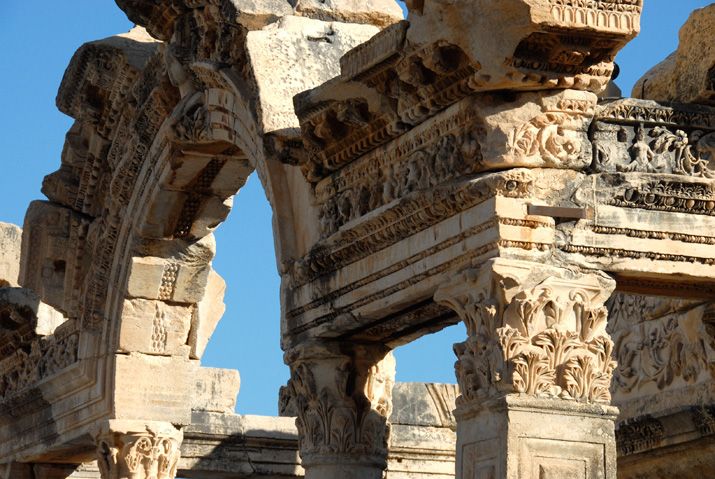Exploring Ancient Ephesus
Ruled over the centuries by Greek, Persian, Roman, Byzantine and Ottoman empires, there is much to see of the city’s former splendor
Over the centuries, a succession of empires—Greek, Persian, Roman, Byzantine and, finally, Ottoman—ruled over the city of Ephesus. Yet no matter how many times it changed hands, the city remained one of the most vibrant metropolises of the ancient world. Located on Turkey's western coast, nearly 300,000 people lived there at its height, in the second century A.D. Its busy seaport ferried goods from Asia to Greece, Italy and beyond.
Ephesus' greatest claim to fame was its temple to the goddess Artemis. One of the "seven wonders" of the ancient world, it was almost four times larger than the Parthenon in Athens. According to the New Testament, the Apostle Paul preached in Ephesus, prompting a riot led by silversmiths who crafted shrines to the goddess and feared for both their livelihoods and the future of the temple.
Today, a few columns are all that remain of the temple. But there is still much to see that evokes the city's former splendor. A three-tiered theater, built into the slope of a hill, once seated 25,000. Just outside the city stands the Church of Saint John, built in the fourth century over the evangelist's presumed tomb and expanded into a basilica some 200 years later.
Jodi Magness, an archaeologist at the University of North Carolina at Chapel Hill who has visited Ephesus more than a dozen times, says the city "is almost like a snapshot in time. You get the sense of what walking down the street of a Roman city was like without having to use your own imagination."
Editor's note, May 7, 2010: An earlier version of this story included an incorrect photograph for Ephesus. The page has been updated
Planning Your Next Trip?
Explore great travel deals
Smithsonian magazine participates in affiliate link advertising programs. If you purchase an item through these links, we receive a commission.
